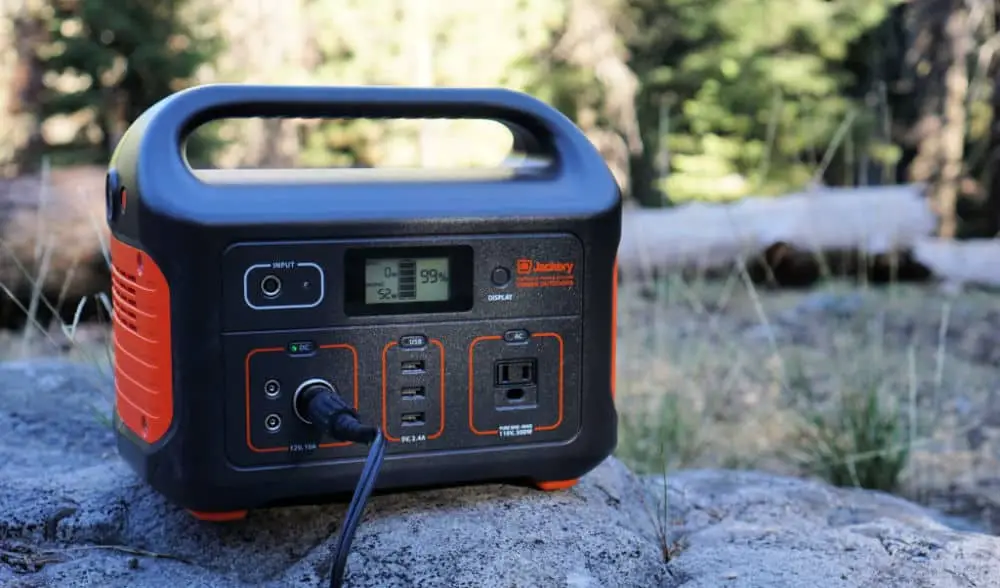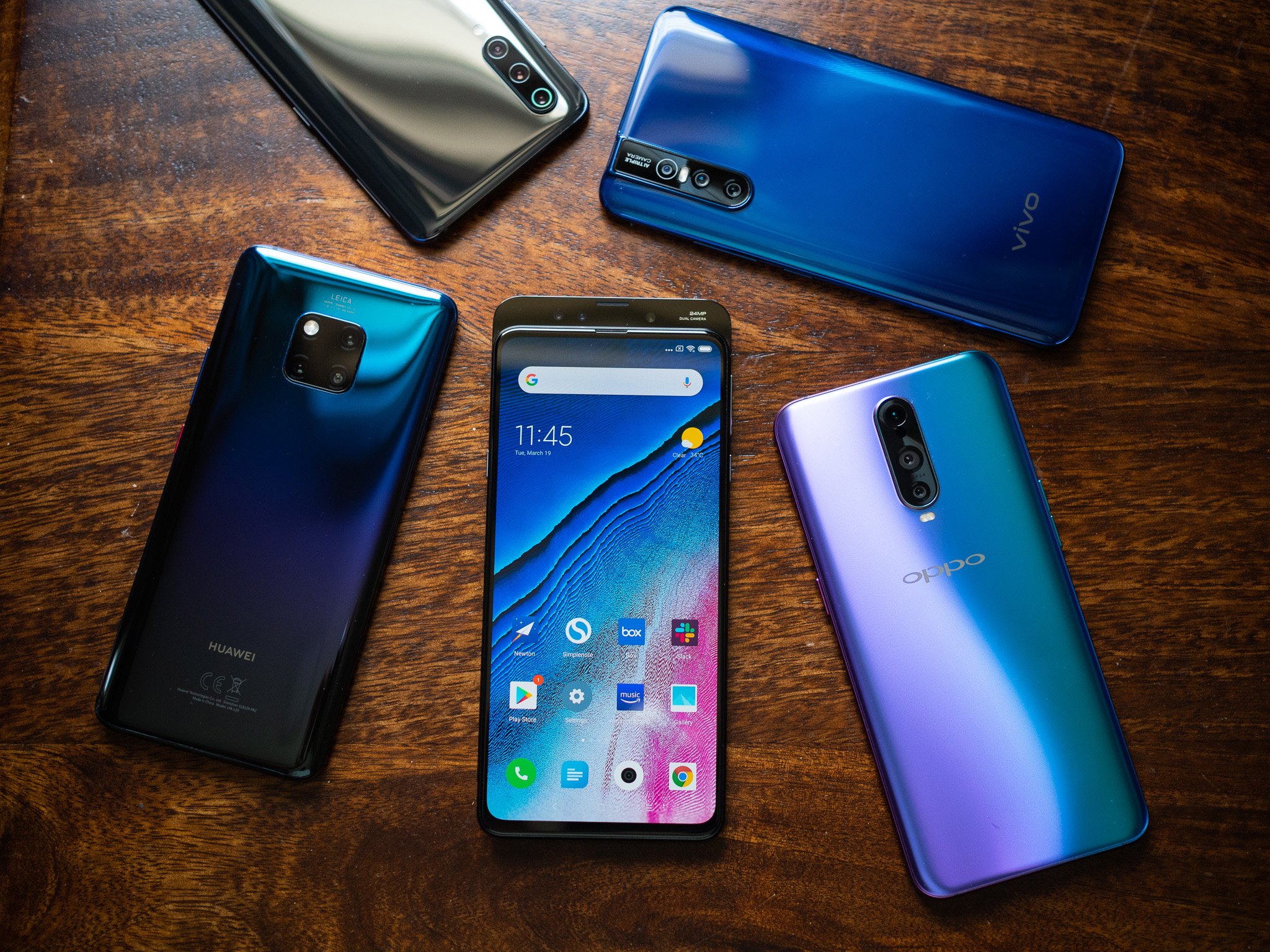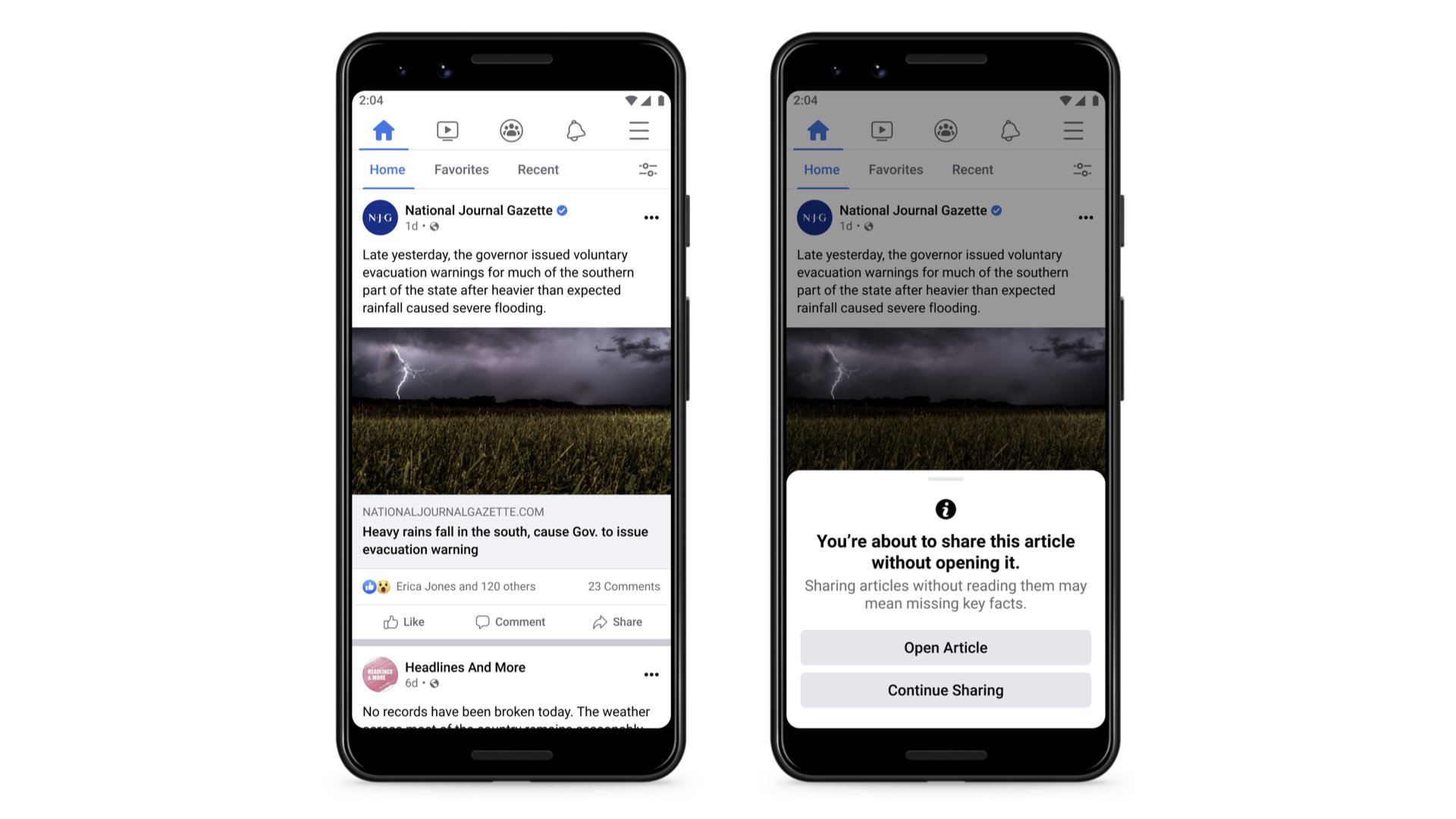Why we are on the precipice of the golden age of parent tech - Android
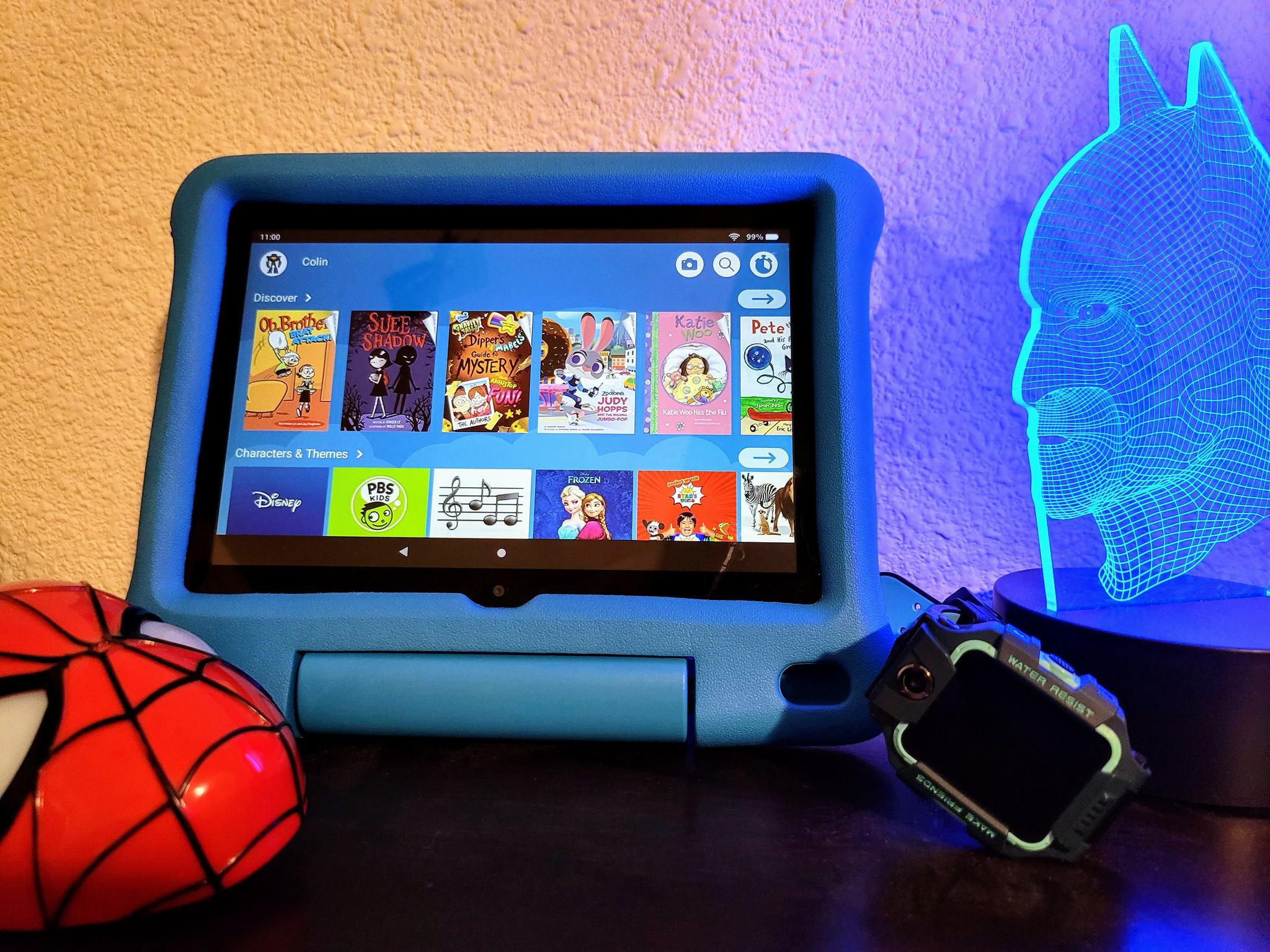
Parents are finally starting to see tech companies put some real effort into giving us the tools needed to let our kids be safe and have fun with their devices.
Toys have been evolving rapidly over the last few years, from being something made for kids to play with to full-fledged gadgets with connections to the internet. While technology has advanced and found its way into more products targeted towards children, those devices have traditionally left parents out of the equation.
Recently, however, we have begun to see a bigger effort on the part of companies to create products and services that utilize new features to help parents keep their kids safe while they are plugged in and online. With more and more devices becoming "smart," there need to be more and better avenues for parents to be able to ensure that those connected devices their children are using remain safe.
Parent tech has a different meaning depending on the age of the child using it.
So many products for kids, even toys, tend to mimic the grown-up version — phones, tablets, laptops. With seemingly every adult these days owning at least a smartphone as well as a tablet or laptop of some sort, the next place for tech companies to look is to the younger generation — and that is happening quickly.
In 2021 alone, I have reviewed some of the best smartwatches for kids, and the most important and evolving feature among them all is parental controls. Things like geofencing, location tracking, and SOS calling are all staples of connected devices. Most of the brands getting into kids smartwatches are generally names that the average consumer wouldn't recognize. But that may be changing.
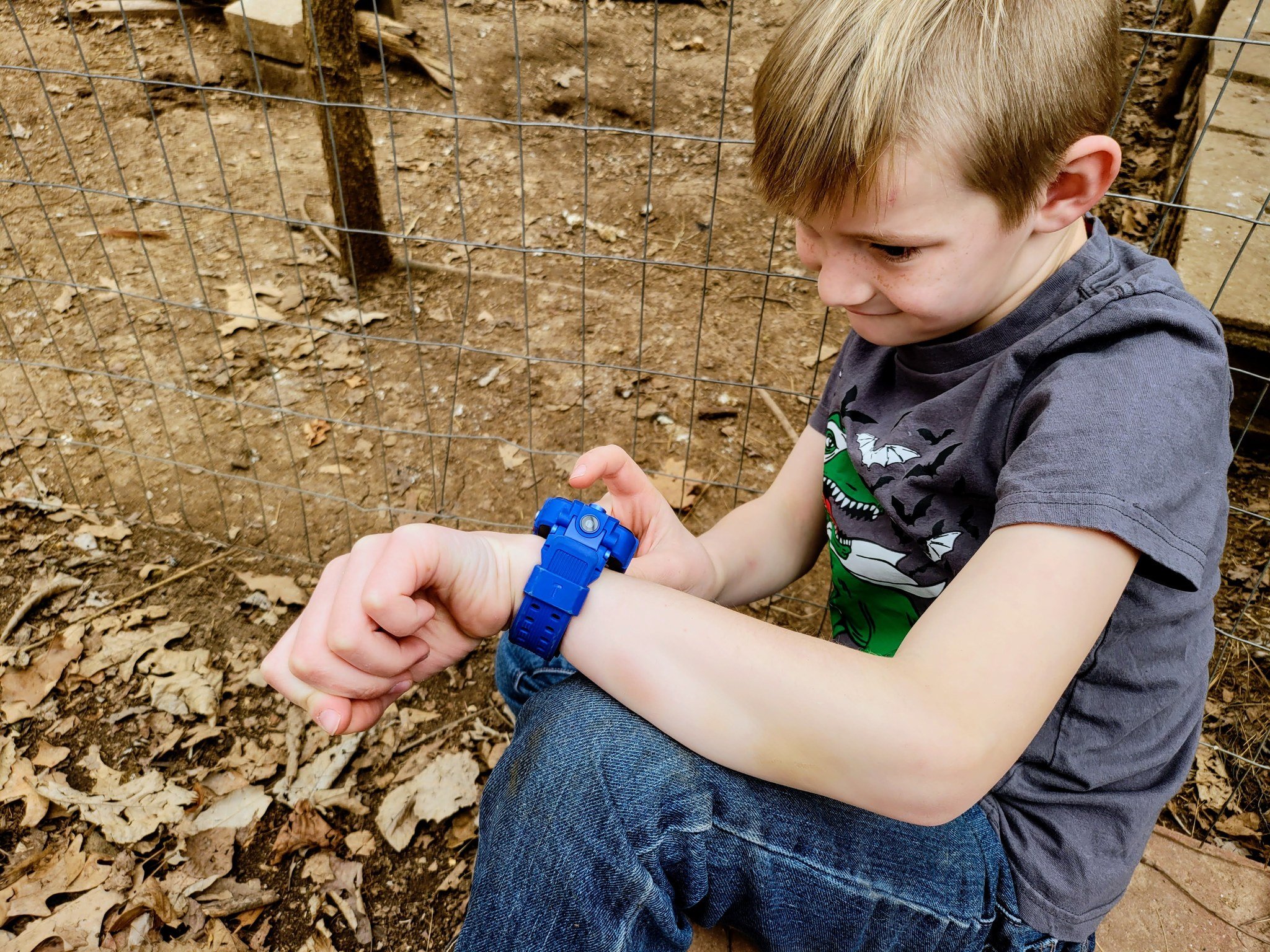
In the fall of 2020, Apple announced its new Apple Watches alongside Family Setup. This new mode allows for cellular versions of the device to function without an iPhone. Parents can put restrictions on various functions of the device to allow their children to utilize the Apple Watch while maintaining their own peace of mind. Though we are still waiting to see if Google will make a Pixel Watch or not, it could make changes to Wear OS to alter existing hardware functionality just as Apple did.
Another example of how we are starting to see a shift in tech to accommodate parental concerns is in the tablet space. Amazon has been making some of the best tablets for kids for years now, and that's due to a combination of its hardware and software. During Prime Day 2020, I updated my kids' older tablets to the new Fire HD 8 Kids Edition, which is simply the Amazon Fire HD 8 with a case and add-ons that parents care about. The extra cost that comes from buying the kids version of Amazon tablets brings a case, two years of worry-free warranty, and a year of Amazon Kids+ for content.
Companies are finally seeing that kids' tech is as much, if not more, about the parents.
Expanding its portfolio of tablets geared towards kids, Amazon announced new Fire HD 10 tablets at the end of April, with several "Pro" models. Up until recently, the Amazon Fire Kids Edition tablets were mainly geared toward younger kids, from the case that came with them to the interface and even some available content. The new Amazon Fire HD Kids Pro tablets expand on how the brand is approaching tech for kids, and by extension, for parents.
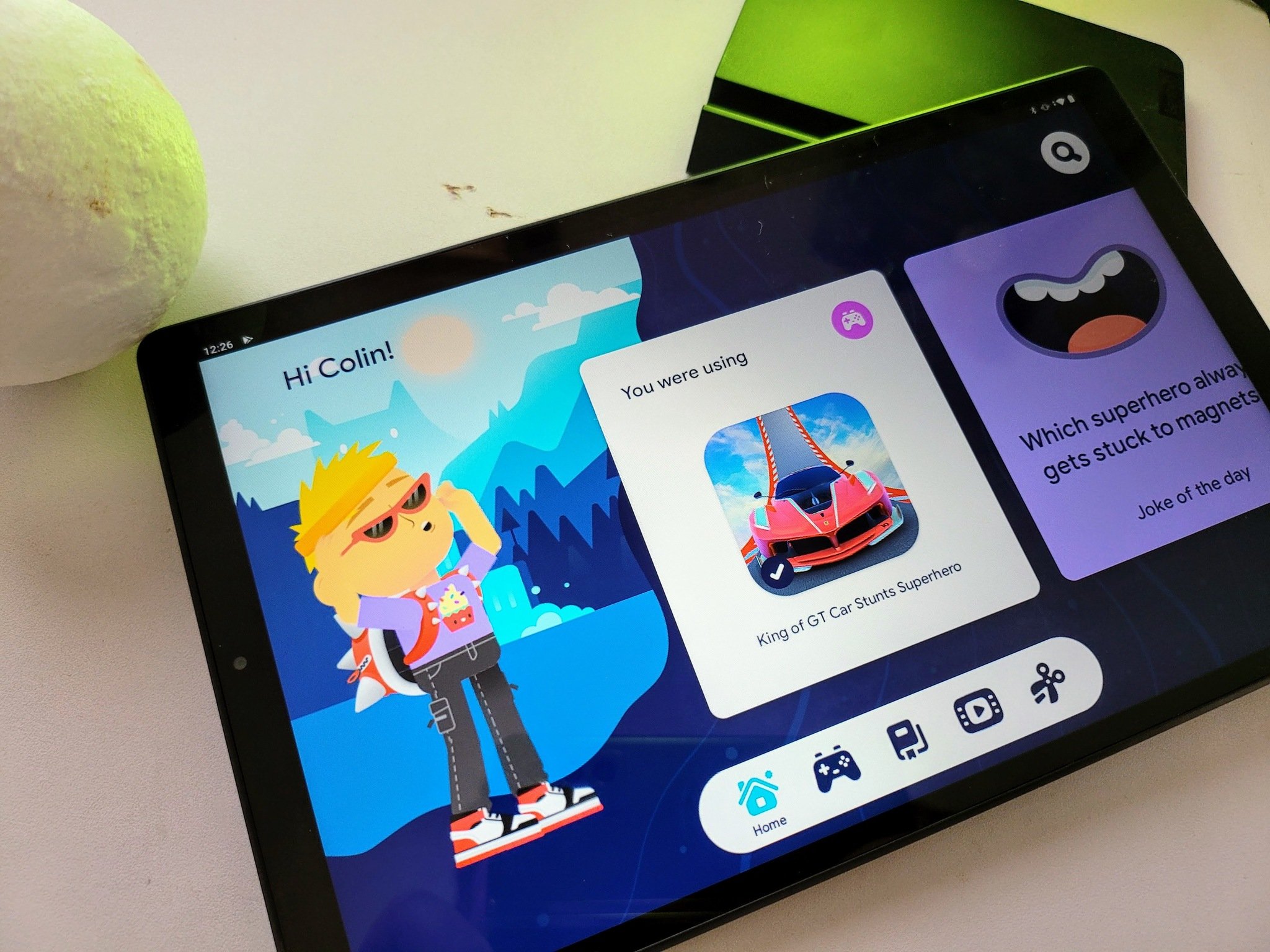
Amazon isn't the only company that is expanding tech that benefits kids and parents; Google is creating more options too. Family Link has been around for quite some time and has had more features added in recent months. The service is becoming a hub for parents to monitor their child's access to all Google-related services. From new supervised YouTube accounts, to Google TV, Google has been steadily adding ways for parents to allow their kids to more safely use Google's products and services.
While Google has been out of the tablet manufacturing game for quite some time, it's starting to dip into the interface arena for the tablets that run Android. Currently only on some of Lenovo's tablets, like the Smart Tab M10 HD, Google Kids Space lets parents put the tablet into a mode safe for kids. Like Amazon's software layer of its Kids Edition tablets run, Kids Space gives parents control over what their child sees when using a tablet. Samsung has also breached this market with its Kids Mode on Galaxy phones to make its devices more kid-friendly.
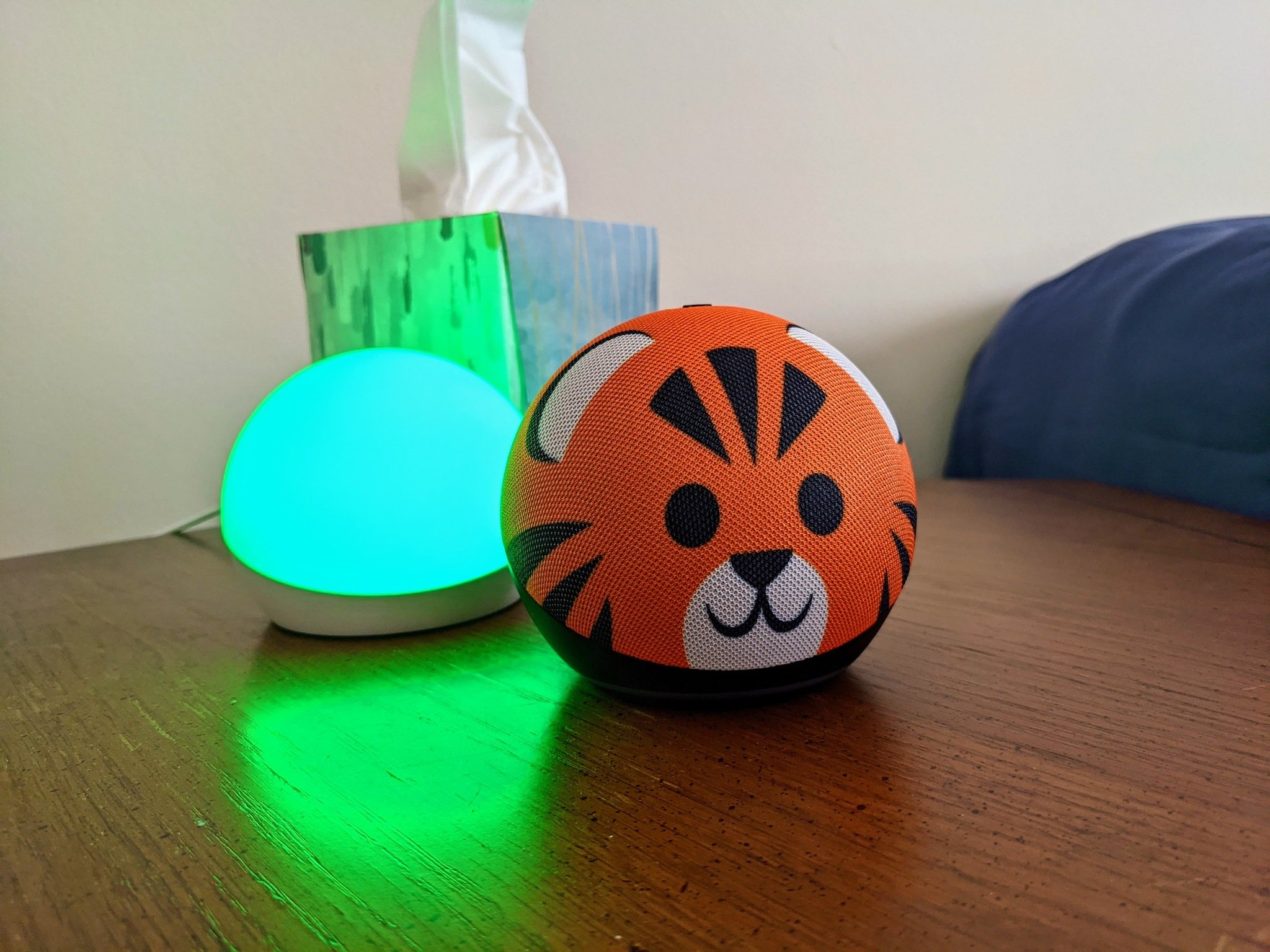
Ambient computing is growing extremely fast. A good example of ambient computing is smart assistants, and how Google Assistant can know your voice from another and give you personalized results based on your "voiceprint." Both Google Assistant and Alexa have child-friendly modes; Amazon even makes an Eco Dot Kids Edition that not only filter results for kids but offer specific interactions for children.
It's not just in the entertainment-focused devices that parents may consider for their kids that are beginning to blossom, but also the less exciting devices — like Wi-Fi routers. We are starting to see many excellent routers that have built-in parental controls to help create a safe online environment. Although, your router won't help when your child is online and away from home. Keeping kids safe when online is no easy task, but thankfully we are seeing more companies put effort into creating tools to help parents with this task. As parents, we can't put all of the onus on major corporations; we need to be sure we are doing our part and talking to our kids too.
11/05/2021 09:30 AM
Samsung Is Losing The Semiconductor Race To TSMC
11/05/2021 05:24 PM
Nothing’s Ear 1 Headphones are coming sometime in June
11/05/2021 12:33 PM
Facebook ordered to stop collecting data on German WhatsApp users
11/05/2021 04:36 PM
Sony's New Truly Wireless Earbuds Appear In More Leaked Images
11/05/2021 12:30 AM
Jackery Explorer 500 vs EcoFlow River Max - which one should you buy
11/05/2021 06:37 PM
India's second COVID wave is forcing phone makers to delay new launches
11/05/2021 08:20 AM
Facebook starts testing 'read first' prompts to combat misinformation
11/05/2021 02:09 AM
- Comics
- HEALTH
- Libraries & Demo
- Sports Games
- Racing
- Cards & Casino
- Media & Video
- Photography
- Transportation
- Arcade & Action
- Brain & Puzzle
- Social
- Communication
- Casual
- Personalization
- Tools
- Medical
- Weather
- Shopping
- Health & Fitness
- Productivity
- Books & Reference
- Finance
- Entertainment
- Business
- Sports
- Music & Audio
- News & Magazines
- Education
- Lifestyle
- Travel & Local




